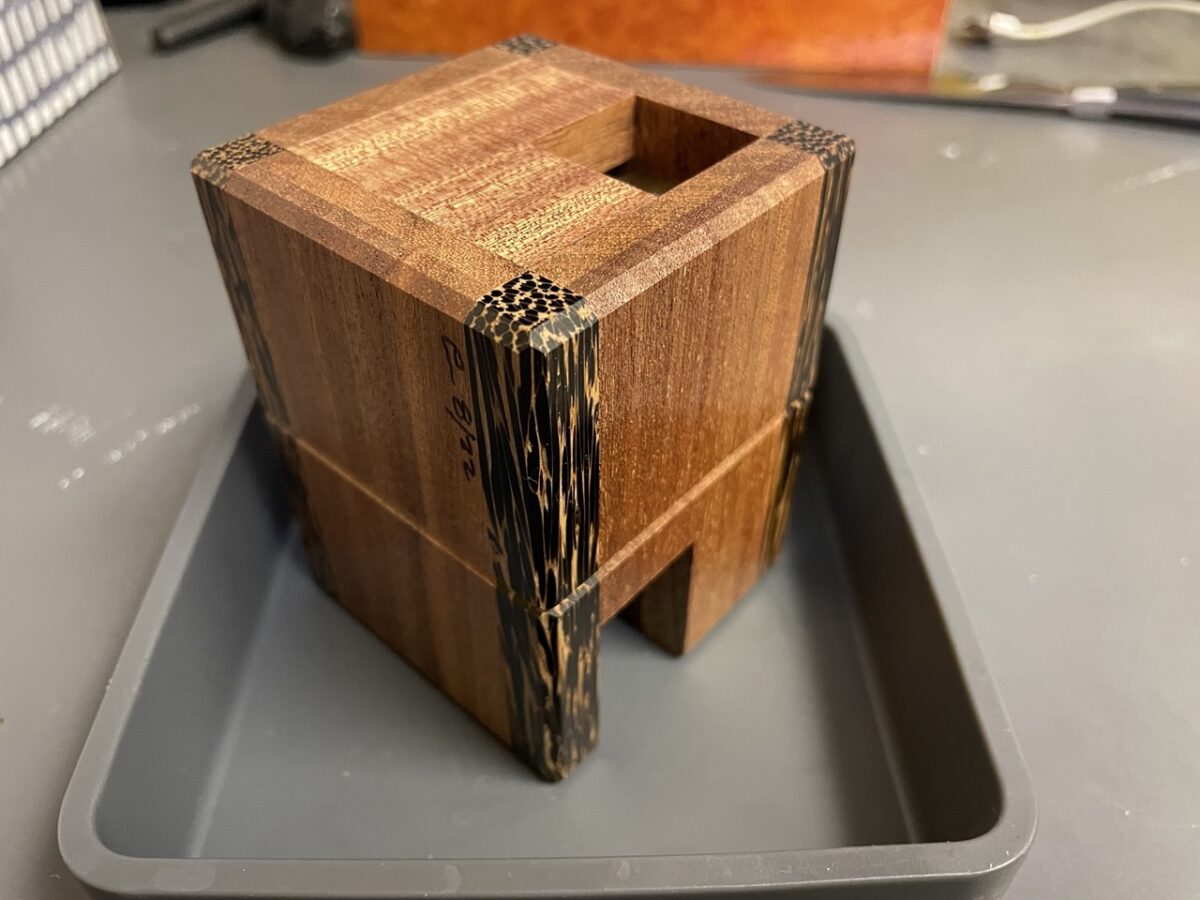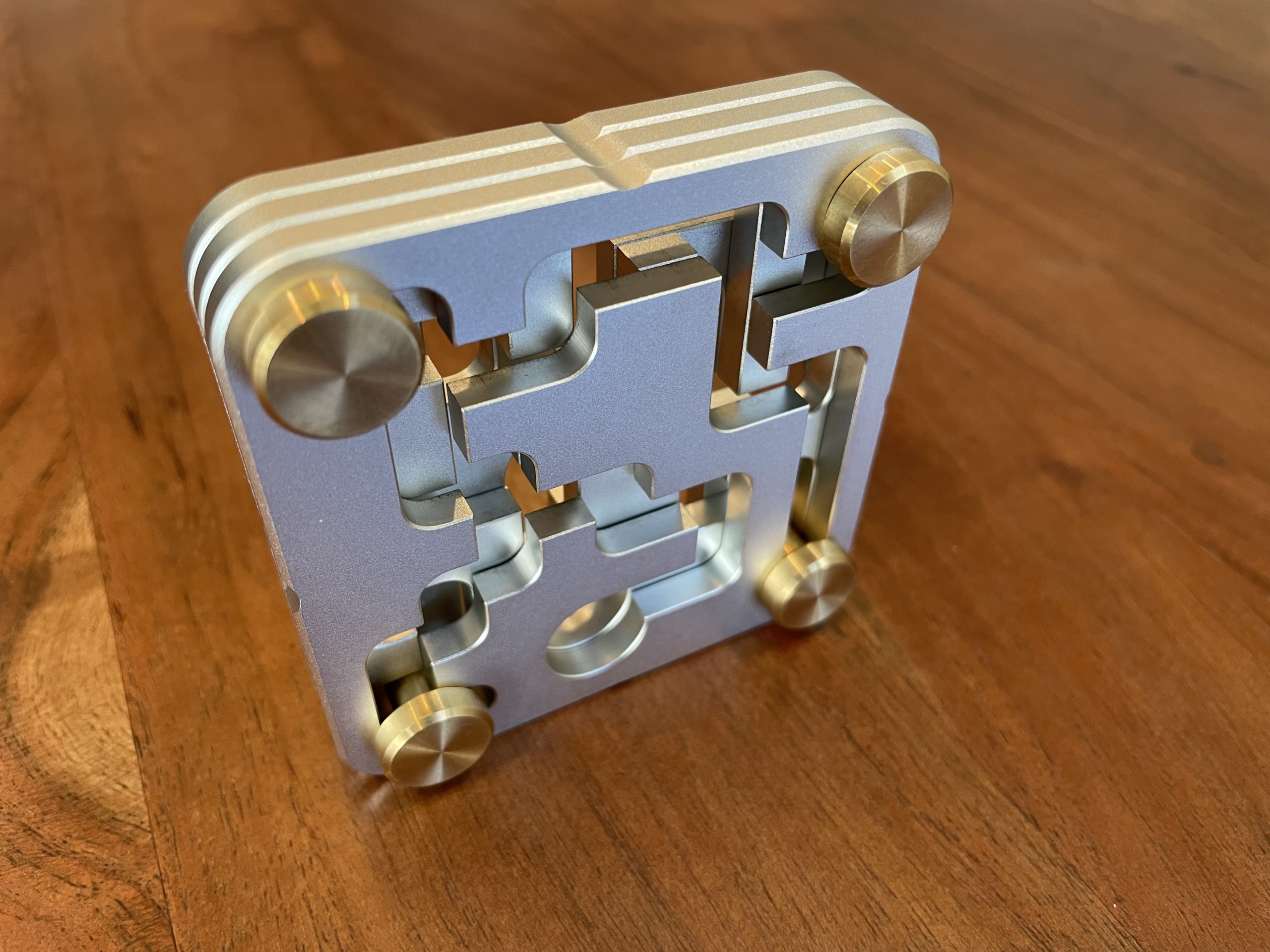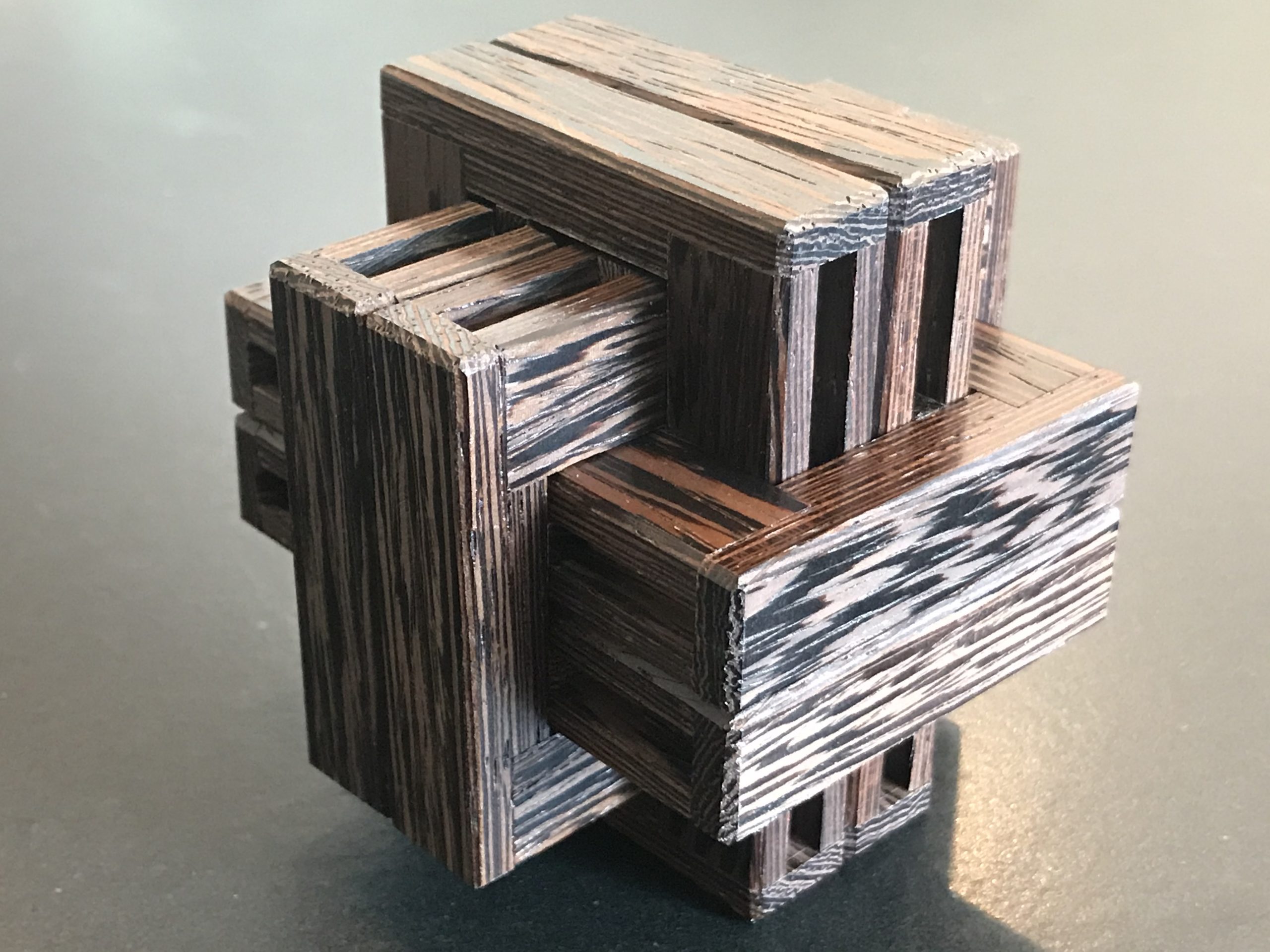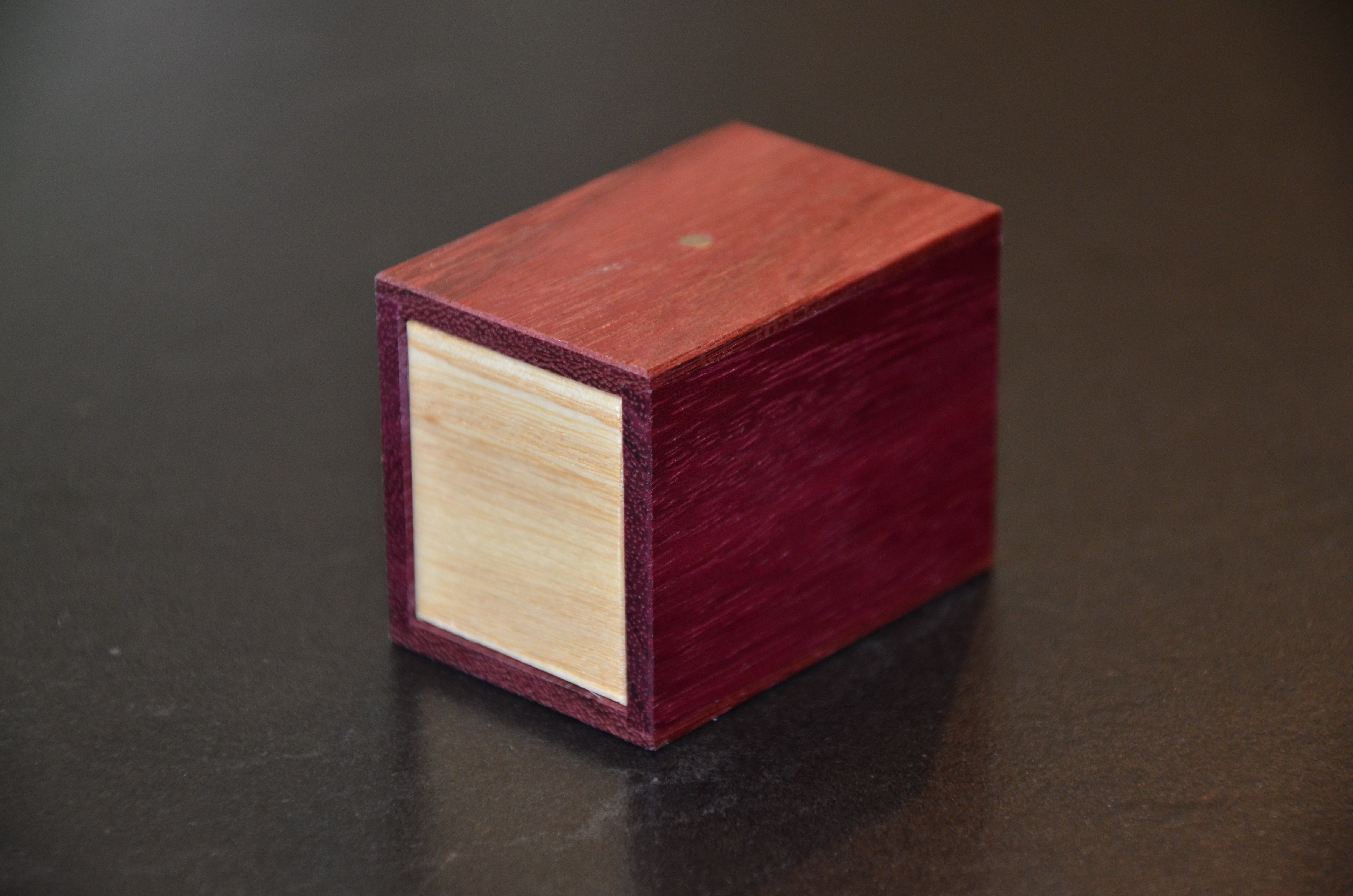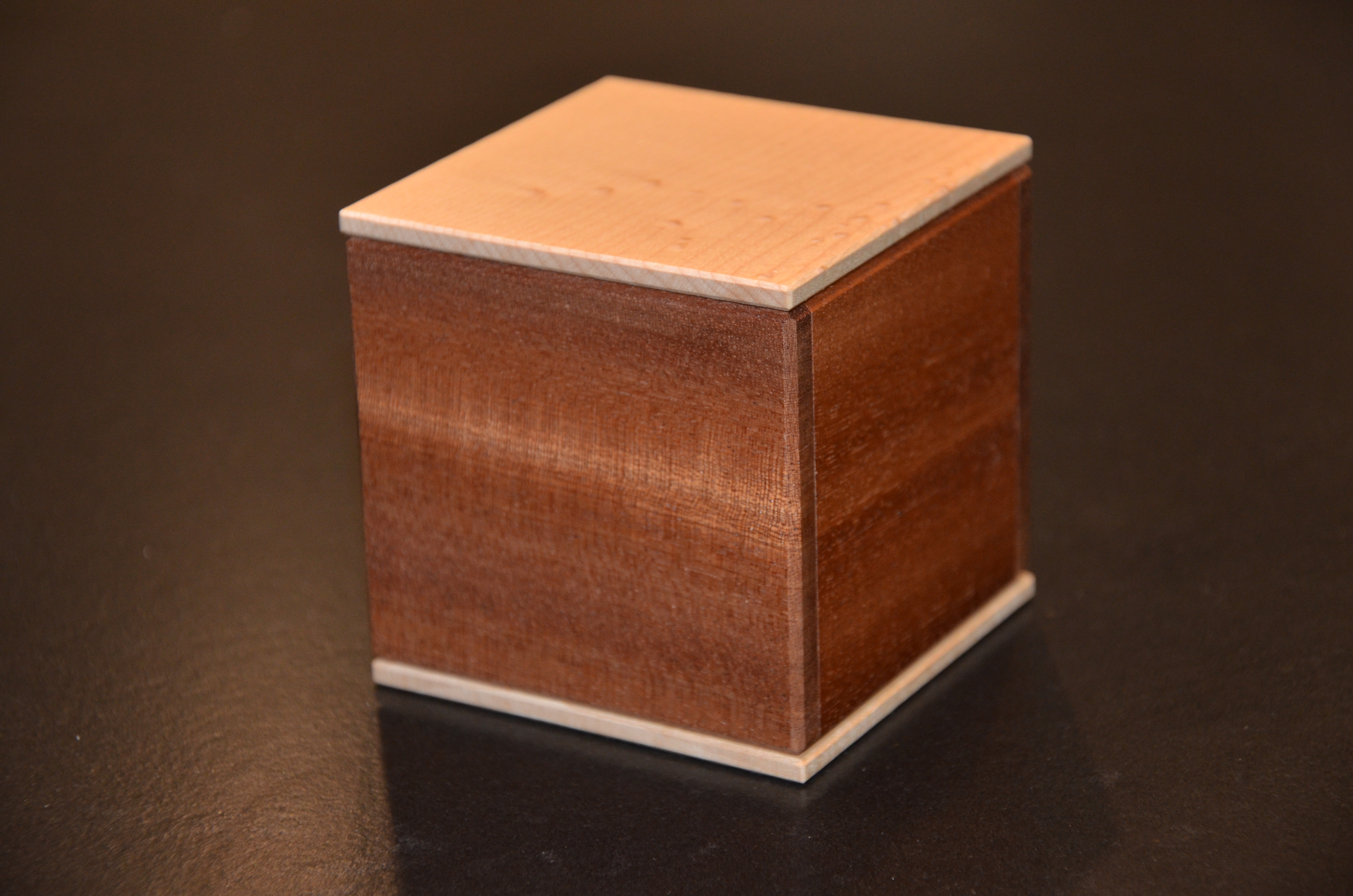cubicdissection
-
Read More: Jammed Gem – Frederic Boucher & Eric FullerI can’t even begin to describe how impressed I am with this puzzle – and…
-
Read More: Sloot 3 – Alfons EyckmansAh, Sloot 3, a November 2019 release from Cubicdissection.com that didn’t seem to garner much…
-
Read More: Small Box #4 – “Paradox Box” – Eric FullerWell, it’s been a while since I wrote one of these blog posts. Life has…
-
Read More: Small Box One – “Window Box” – Eric FullerEric decided to do a series of small puzzle boxes, and I for one, am…
-
Read More: Harun Packing Puzzle – Dr. Volker LatussekI try to be inspired before writing a blog post. I find that I write…
-
Read More: Tube It In Packing Puzzle – Wil StrijbosI am very excited about this one! Tube It In is a unique packing puzzle…
-
Read More: Improved Cam Box – Eric FullerWhelp, I caved in and bought another puzzle box. After feeling super excited about solving…
-
Read More: Topless Box – Eric FullerThis puzzle box is quite amazing. The journey that it took me on from initial…
